Koroyd ®
FINALLY, PROTECTION AS PROGRESSIVE AS YOU ARE.
Koroyd® provides superior impact absorption, design flexibility, and ventilation when compared to materials traditionally used in helmet construction. By utilizing crumple-zone cylinders that crush uniformly on impact, Koroyd® manages energy more efficiently with less volume than any other protection material on the market. Unlike traditional protection materials, Koroyd® cylinders absorb and convert more kinetic energy, while increasing airflow and reducing overall weight. Not all helmets are created equal.
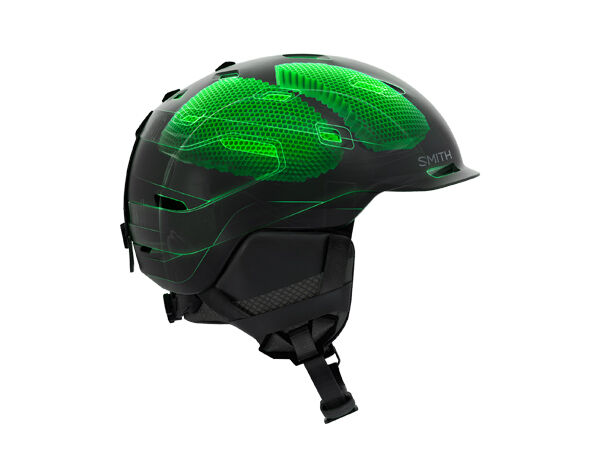
Developed as an energy absorber in the aerospace industry, cylindrical structures were found to be one of nature’s strongest forms; a form that could offer the greatest impact absorption for a given length. Koroyd® utilizes cylinders to create a structure that behaves differently than traditional protection materials. Traditional materials act like a spring which stores energy and then releases it, Koroyd® is a true energy absorber which converts the kinetic energy by crumpling. This translates into better absorption of impact energy.
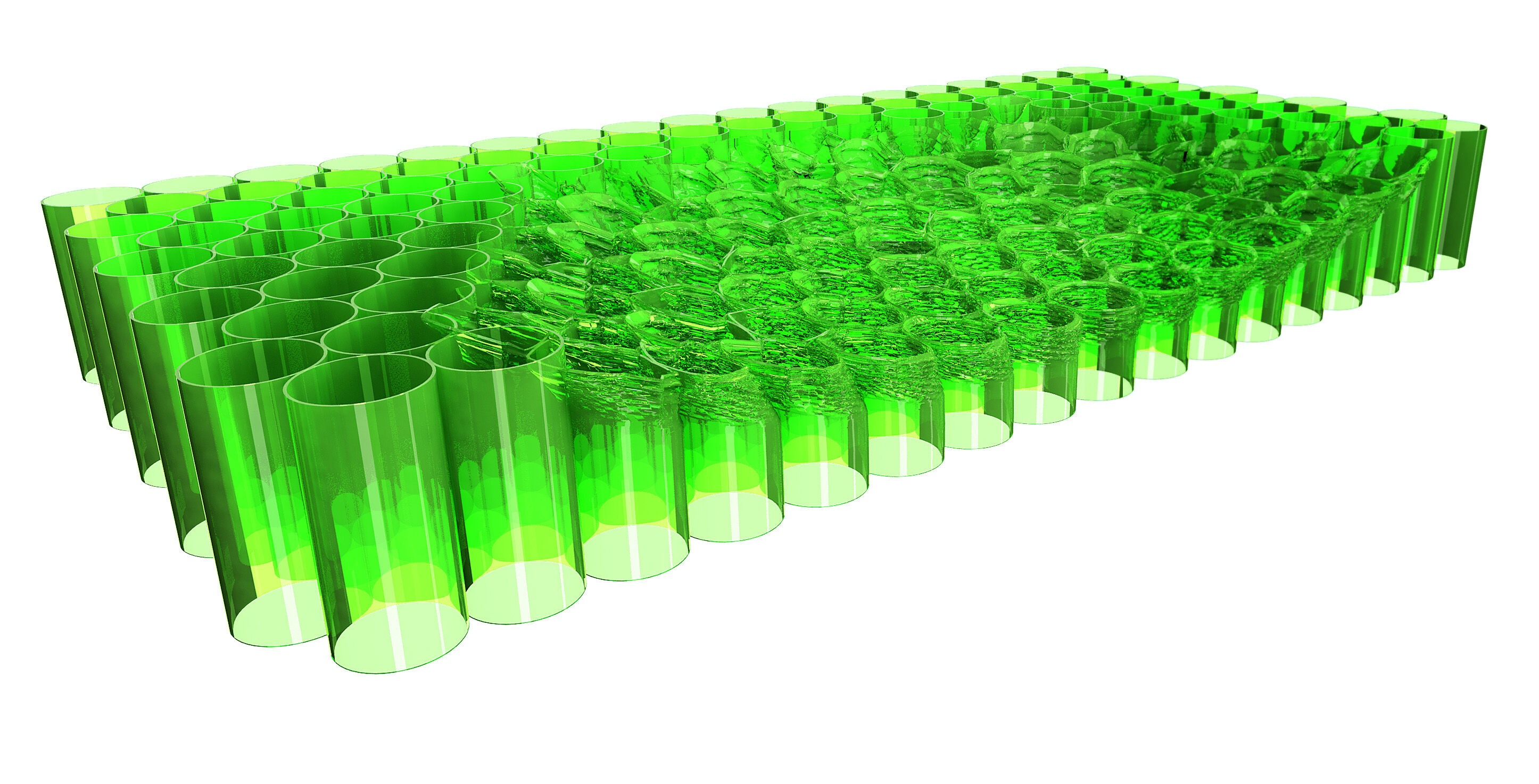
Engineered Absorption
Koroyd’s welded tubes crumple instantly and consistently on impact, absorbing maximum force in a controlled manner, minimizing energy transferred to your head.
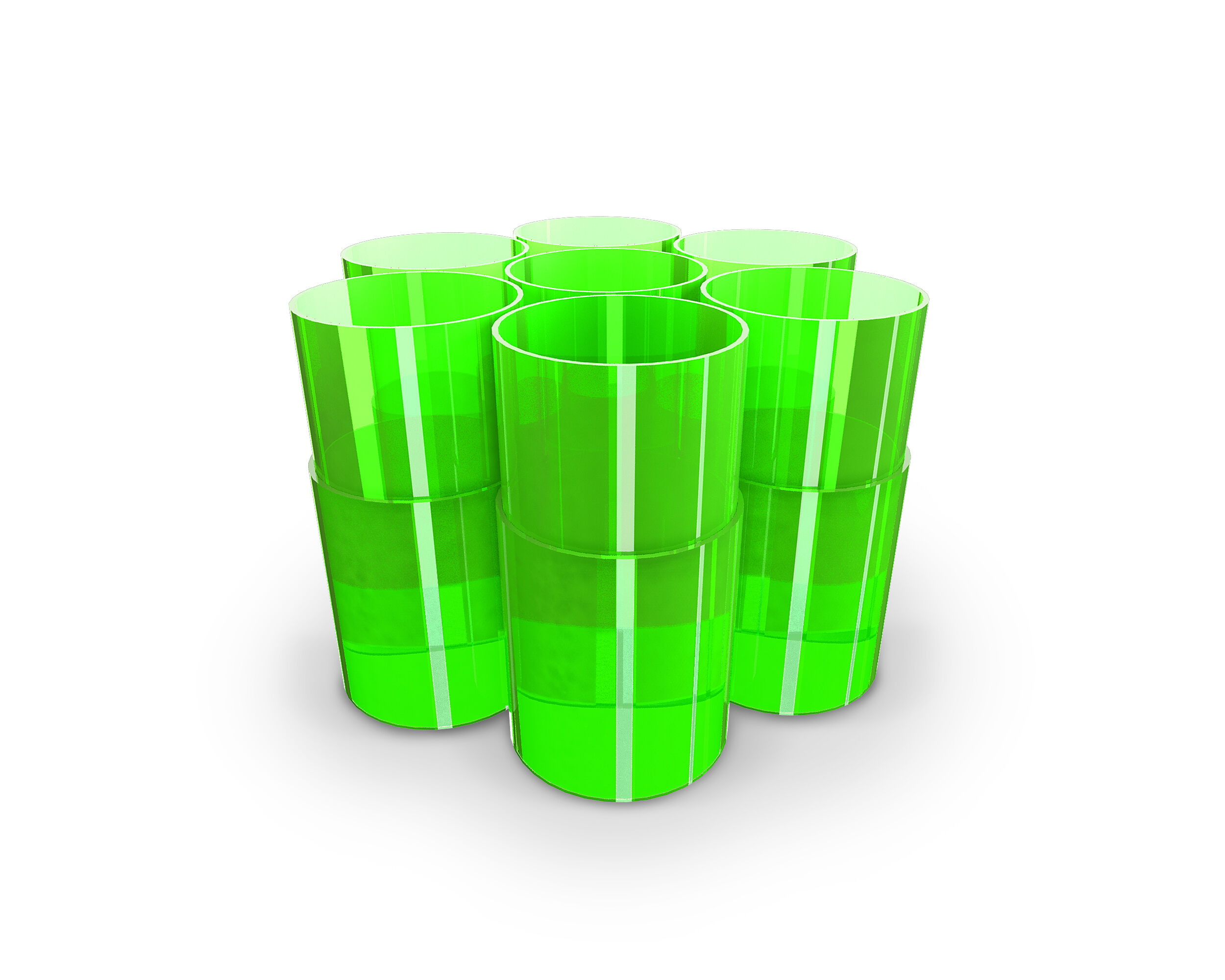
Engineered Protection
Air flows consistently through the open-cells, whilst hot air from your head can easily escape, ensuring more efficient cooling in the most intense conditions.
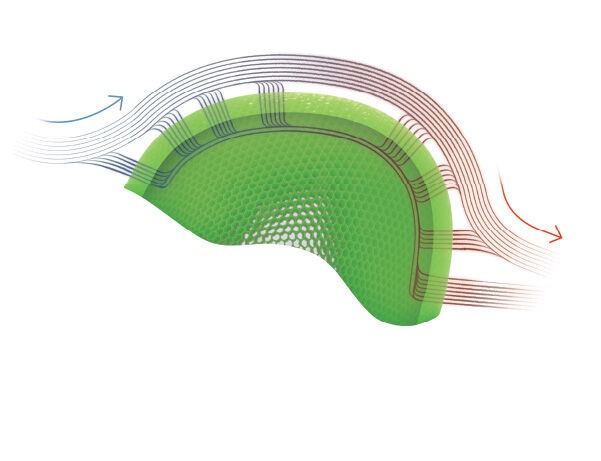
Full Breathability
Koroyd features the world’s thinnest walled tubes, resulting in a structure which is 95% air. This reduces weight and enhances comfort without compromising on safety.
MIPS®
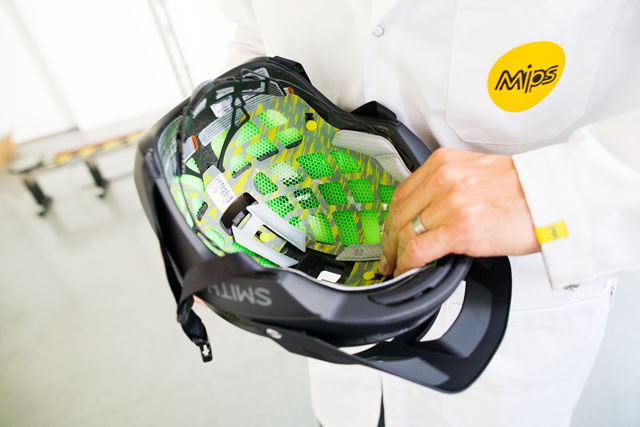
MIPS® IS A BRAIN PROTECTION SYSTEM - ENGINEERED TO ADD PROTECTION TO HELMETS.
The MIPS® Brain Protection System (BPS) is found inside the helmet, generally between the comfort padding and the EPS (a high-quality foam used to reduce energy).
For certain impacts, the MIPS® BPS can reduce harmful forces transmitted to the brain.
MIPS® stands for Multi-directional Impact Protection System.
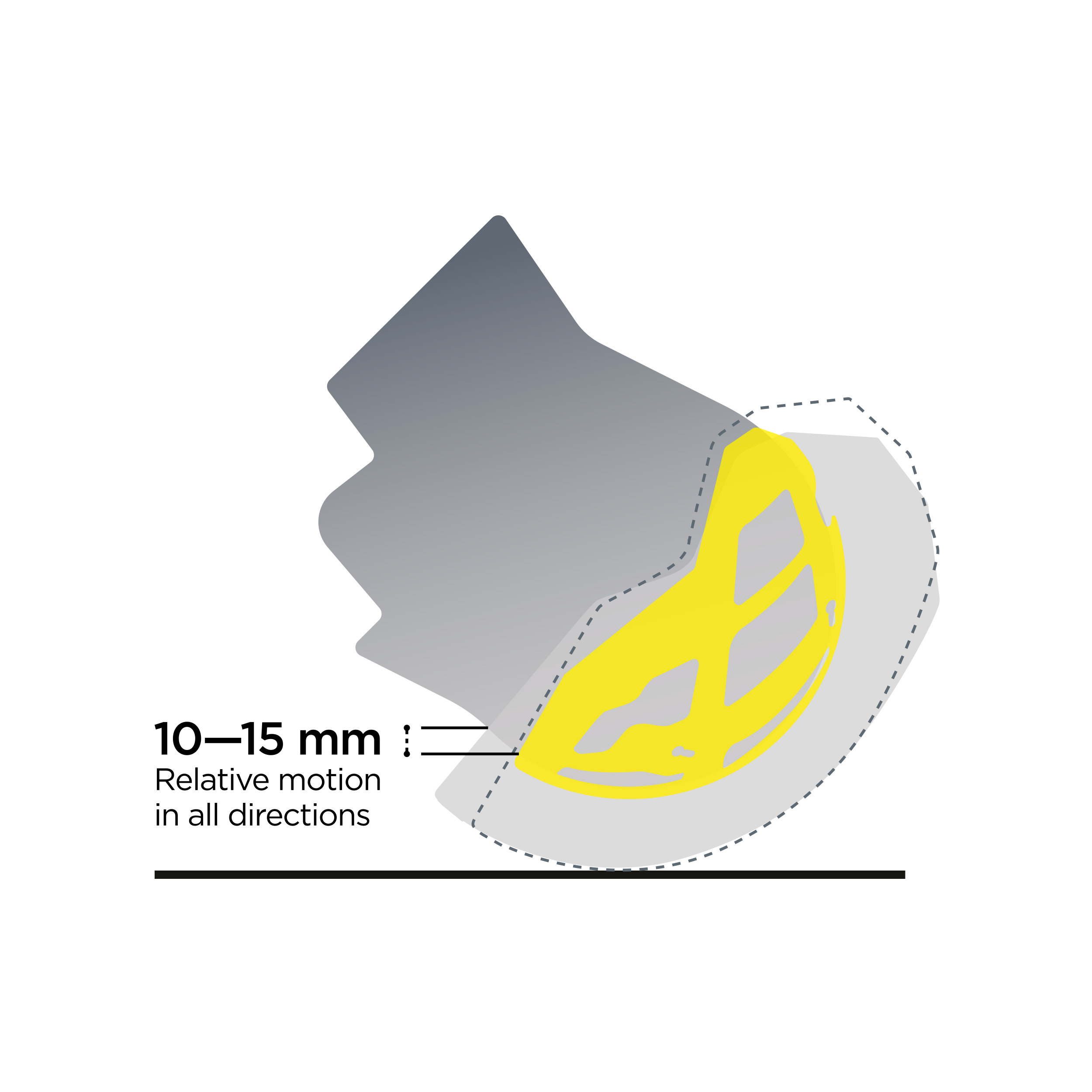
HOW IT WORKS
The MIPS® Brain Protection System (BPS) is designed to add protection against rotational motion transferred to the brain. Rotational motion affects the brain and increase the risk for minor and severe brain injuries. When implemented in a helmet, the MIPS® BPS can reduce rotational motion by redirecting energies and forces otherwise transferred to the brain.
The core of the MIPS® BPS is a low friction layer that allows the head to move 10-15 mm relative the helmet in all directions, reducing rotational motion to the brain. The MIPS® BPS makes your helmet safer and adds protection.
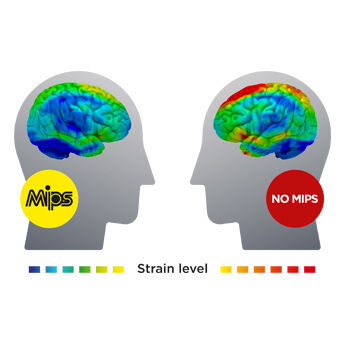
STRAIN IN THE BRAIN
Rotational motion from an angled impact can cause strain in the brain that can lead to tearing in the brain tissue. The illustration is based on data gathered using sensors inside the crash test dummy heads. The dummy head, wearing a helmet, was subjected to an angled impact in a test rig at the MIPS® lab in Sweden.
The illustration shows the strain in the brain from an angled impact when the dummy head is wearing the same type of helmet – with and without the MIPS® BPS.
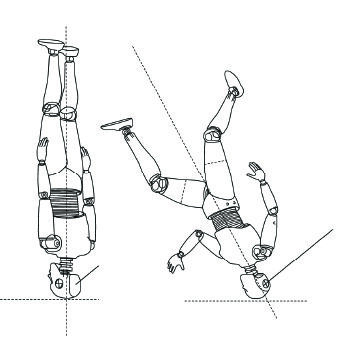
REALITY BASED TESTING
Statistics show that many brain injuries occur due to angled impacts to the head. However, in standard helmet tests the helmet is dropped vertically onto a flat surface, and this does not create an angled impact. These results are helpful for measuring precise vertical impacts, but inferior for measuring a more realistic scenario of an angled impact.
The MIPS® test rig is developed for testing angled impacts to simulate a fall during a crash.
